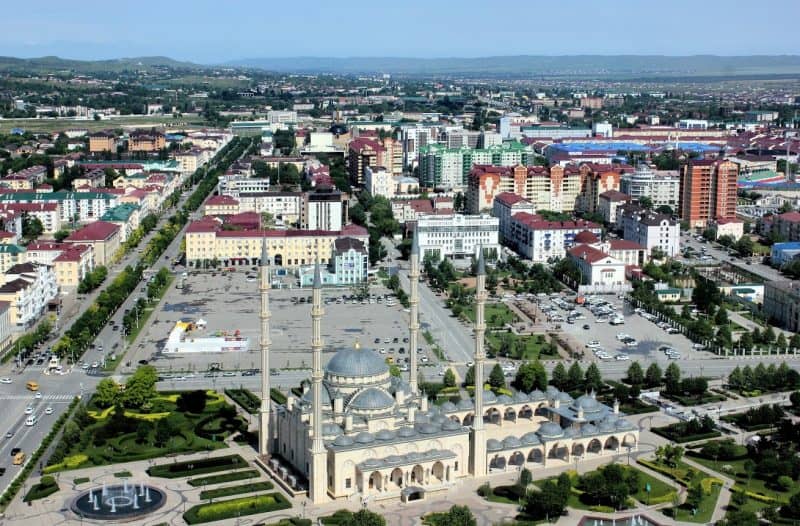
Russian Places in Name Only
By Stuart Freeman
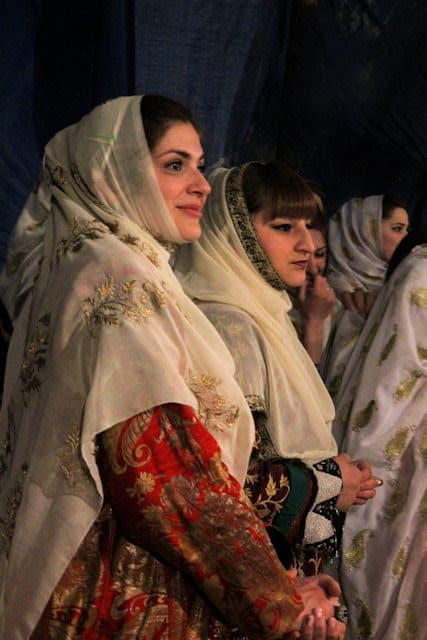
A few years back, while traveling in the northern reaches of the Georgian Republic, I became fascinated with the structures known locally as “koshkebi”- defensive towers raised many centuries ago, most of which have since been abandoned or repurposed into stables or grain sheds.
These towers, if wholly intact, can stand as much as 90-100 feet high, dotting the landscapes of regions like Svaneti, Tusheti and Shatili, either as solitary constructions or in packed formations of a dozen or more.
Having spent several weeks exploring this area, I became resolved to venture across the border into the Russian Caucasus where many more of these towers were reportedly located.
For some decades, the Caucasian republics of Chechnya, Ingushetia, Dagestan, and Northern Ossetia have been widely regarded as no-go areas for foreign tourists as a consequence of violent conflicts between Moscow and Muslim insurgents operating out of that region.
Full-Scale War
Most famously, a full-scale war (the second of two) was prosecuted in 1999 by the Russian military against those seeking independence for Chechnya, resulting in the near-complete decimation of the capital city of Grozny- since rebuilt to the specifications of Ramzan Kadyrov, the wily Chechen autocrat personally backed by the Kremlin.

Following the turn of the millennium, a precarious peace has returned to the region, though acts of terrorism and more conventional banditry have yet to be entirely wiped out.
Chechnya and its neighbors continue to bear a reputation for violence and instability and yet, like most other such places, tourism is not entirely absent there and a handful of commercial operations have sprung up in hopes of introducing travelers to the history and culture of these mostly isolated republics.
Britain’s Native Eye
Early last year I discovered that a British company called “Native Eye Travels” was about to launch an exploratory trip through the Russian Caucasus.
The trip began with a few days in the breakaway Georgian province of Abkhazia and then proceeded via Sochi to the largely Christian republics of Adygea and Kabardino-Balkharia and on to Northern Ossetia and the others.
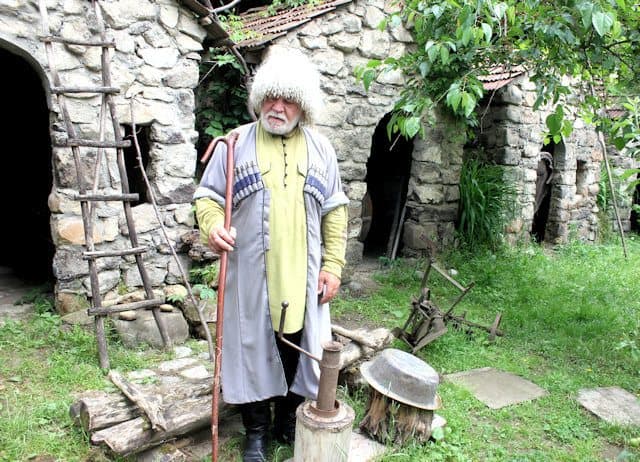
Needless to say, I jumped at the prospect of joining the small group of Intrepid’s who had already signed on, the idea of seeing more koshkebi in an area practically unknown to tourists proving too irresistible for me to sustain reservations based strictly on fear and the vagaries of political circumstance.
Abkahazia and New Athos
There is much to see and enjoy in Abkhazia, most especially the monastery town of New Athos and the inviting smiles of a populace too long ignored by much of the rest of the world.
Russia’s Black Sea coast also has much to recommend as do the spas and mineral water fountains of Pyatigorsk and Kislovodsk, so popular with Muscovites on wellness holidays.

And crossing the Gumbashi Pass from the Republic of Karachay-Cherkessia into Kabardino-Balkharia affords spectacular views of the Russian Caucasus, culminating with the twin peaks of Mount Elbrus, at 18536 feet the highest pinnacle in Europe.
Still, for my part, this trip didn’t really get going until our 4WD vehicles crossed over into Northern Ossetia. The last outpost of Christianity in the northern Caucasus, Ossetia hasn’t been spared the cruel hand of terrorism, and my visits there included the high school gymnasium that was the scene of a gruesome massacre in which scores of children and teachers were executed by Ingush rebels.
Left in Sept 2004
This former learning facility in the small town of Beslan has been preserved just as it was left on that fateful day in September 2004, complete with basketball hoops and bullet holes strafing the walls- but also with wreaths, teddy bears and photos of the deceased surrounding a large crucifix that’s been planted on the floor.
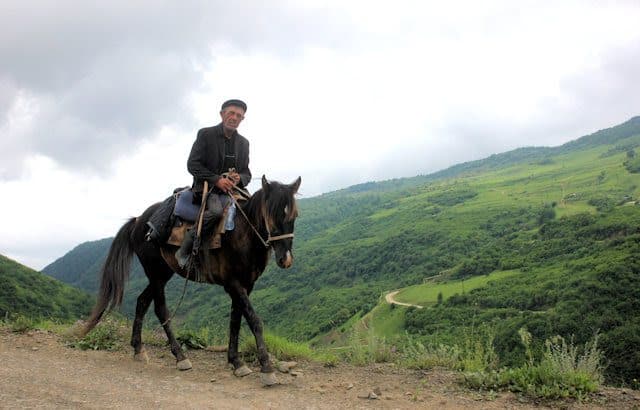
A few minutes’ drive away, I also called at the forlorn cemetery holding the remains of most of the victims, their gravestones adorned with portraits expressive of innocence and joy even as a monument standing nearby speaks eloquently of the sorrow of angels.
Mercifully, there’s more to experience in Northern Ossetia than the politically and religiously motivated tragedies of the recent past. What was for my part the most physically beautiful of the Caucasian republics, Ossetia is a land of high mountains and deep valleys, of panoramic scenery supported by man-made koshkebi as well as ancient tombs and fortresses.
(Note: South Ossetia, another breakaway region of the Georgian Republic though now administered by Russia, can also be visited but only with special government permission.)
Digoria, Tsey and Dargavs, Oh My!
Over the course of the next few days, my group entered the valleys of Digoria, Tsey, Dargavs and Kubani, each one more impressive than the next and each encircled by the snowy peaks of the High Caucasus.
Close to Tsey village (where we spent a night at a rustic but well-managed hotel), we climbed up to an ancient pagan shrine (or “rekom”), still in use by the locals for occasional festivals.
It’s a small but provocative site, constructed of wood and marked by four posts crowned with bird sculptures.
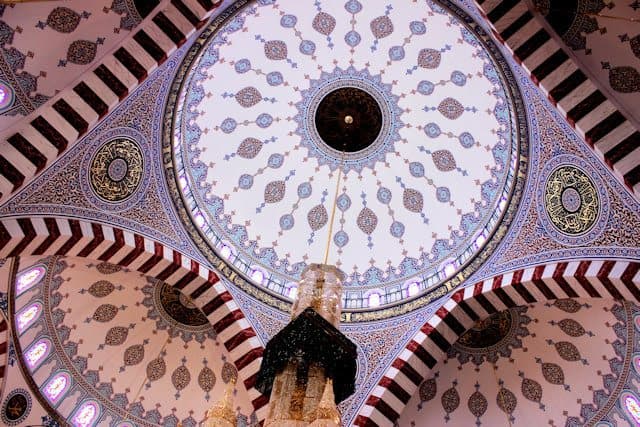
North Ossetia-Alania
Apart from the magnificent landscapes, the most impressive sites I encountered in what was recently renamed North Ossetia-Alania (the traditional name for the region, long considered the hub of the former civilization of Alan tribes) was the 12th-14th Century necropolis of Dargavs.
Looming over the highway and backed up by mountains, this collection of mound-shaped crypts containing the exposed skulls and bones of the ancients couldn’t have been more picturesque even allowing for the rain on the day we visited.
Just beyond this city of the dead, another such resting place (this one containing the remains of even more ancient Sarmatians) lies spread out over another hill. It’s quite a spectacle, especially considering the purpose of the place.
On to Vladikavkaz
The day ended for us in the capital of the Republic, the charming city of Vladikavkaz with its traditional Russian architecture and its old but still active Armenian cathedral. The most exquisite of its buildings is, however, the Mukhtarov Mosque, constructed in the early years of the 20th Century by a wealthy Azeri and now one of the two loveliest mosques to be found in all of Russia (the other being St Petersburg’s).
Its ornate prayer hall is, if anything, even more beautiful than the red-brick frame that contains it or its lustrous turquoise dome.
Unable to visit the reputedly spectacular Midagrabin Falls on account of a permit that inadvertently left it unmentioned, we moved on from Ossetia to the smallish Republic of Ingushetia, whose southern region contains the largest assemblage of koshkebi in the Russian Caucasus.
We found dozens of them in that area, some broken off midway but others completely intact, in the fields of Enzi, Targim, and Egikal (the last a long-abandoned town whose sentry towers stand guard over other ruined structures). Even among this bounty of mini-skyscrapers, the twin towers of Vovnushski stand out for their dramatic location and singular architecture.
Lord of the Rings Film Set
Resembling a film-set for the Lord of the Rings trilogy, these two defensive towers stand precariously on a pair of hilltops, defying invaders let alone ambitious tourists who might contemplate climbing to their summits. Better views can actually be afforded from the motorable peaks that stand just above.
In the vicinity of the towers, we also dropped in on the evocative remains of the stone church of Tkhaba-Erdy, constructed in the Eighth Century and reputedly the oldest extant Christian site in all of Russia.
The structure can no longer be entered (it’s presumably empty, in any case) but its Georgian-inspired architecture is plain to see as are a handful of carved human figures and one solitary lion adorning the exterior.
Visting Nazran

After a stop at a small museum in the former Ingush capital of Nazran dedicated to the victims of Stalinist oppression we crossed over into problematic Chechnya and spent the evening in rehabilitated Grozny.
The Chechen capital has, indeed, risen from the ashes (or from the rubble, in any case) and been transformed into a modern metropolis filled with cafes, underpopulated luxury hotels and a row of skyscrapers standing just behind the recently constructed jami masjid named for Ahmad Kadyrov, the assassinated father of Chechnya’s current strongman (whose face, often pictured alongside that of Vladimir Putin, adorns signs and posters all over the Republic).
This mosque, which, like much of the city, is illuminated with neon during the night, was constructed by a Turkish firm and designed to resemble the great Blue Mosque in Istanbul.
Allowing for the circumstances under which it was built, it’s a grand structure in its own right, adorned with a magnificent dome and four tall minarets. It’s also just about the only tourist “attraction” the city can claim in consideration of the history that was systematically destroyed here. A former scientific institute, now a hulking ruin lying alone in a field, was the only pre-war building of any consequence that I was able to spot.
Following a visit to an interesting museum whose displays were collected by a renowned local ethnologist, we all headed south towards the Georgian border. We had been granted a permit to view a necropolis in that area at a location called Tsoy-Pede but were detained, in any case, at a police checkpoint operated by the Russian FSB.
Why Are You Here?
During the course of several long hours, each of us was interviewed individually so as to ascertain why we had entered the region and what motive we had for visiting the border area specifically. From what I was made to understand, the police refused to recognize the authenticity of the permit until some money (i.e., the company’s) changed hands and we were suddenly free to continue on.
There were a number of other checkpoints to be encountered along the road to the border but, fortunately, we avoided any additional delays and inquiries. Tsoy-Pede itself is an ancient site, located on a rocky crag that requires a bit of climbing. While not as enthralling as the cemetery at Dargavs, it’s certainly worth a visit, as it offers fine views from its collection of stone and wooden crypts topped by a solitary watchtower that’s presently undergoing restoration.
We spent a night at a local guesthouse enjoying the hearty kebab-and-veggie-based fare that’s favored in the North Caucasus, in Russia as well as in Georgia. The next morning we began to retrace our steps towards Grozny, stopping in the small town of Tazbichi to look at some additional koshkebi and also in Ushkaloy where two more towers stand beneath a rock overhang, guarding the roadway from rival tribesmen- or, perhaps, contemporary FSB.
To Itum-Kala and the Argun Valley
Diverting from Grozny, we proceeded to Itum-Kala and the Argun Valley, home to still more koshkebi and spectacular mountain landscapes. Descending towards Dagestan, we ultimately found ourselves at Kezenoy-Am, the largest lake in the Caucasus as well as a summer recreation site for a new breed of affluent Chechens.
The Republic of Dagestan owns few- if any- defensive towers but the villages therein hold much that’s worth defending. Most of these are located way up in the hills and are inhabited by clans belonging to such diverse cultures as the Avars, the Laks and the Dargins. There are no real hotels in these parts so we spent our nights in local homestays whose proprietors welcomed us with warm smiles and more of that wonderful cuisine.
Each of these villages (or “auls” to use the local parlance) is known for producing a specific craft or commonly-used item be it gold jewelry, woolen apparel or a popularly consumed fruit and flaxseed mixture called “urbench.”
A Wedding in Kubachi
We visited some of the factories and local museums but most especially enjoyed the opportunity to drop in on a wedding party in the town of Kubachi that was attended by local women in their traditional attire (the men typically wear jeans) and featured an abundance of song and dance. They’re not into tourist “shows” here, so bearing witness to these festivities made for a very special and unanticipated experience.
After spending a few days in this area (there are many such villages to choose from, although visits to a few in the south of Dagestan are still prohibited due to extremist sentiments on the part of local Muslims), we made our way up a hiking path to the abandoned town of Kala-Koreish, founded by Arabs in the 13th Century.
There are imposing walls here as well as an ancient mosque, an unusual-looking mausoleum, and some ornately carved tombstones: an excellent place for a picnic, apart from everything else.
From here we headed to one of the highlights of our journey- the great metropolis of Derbent, sitting adjacent to the Caspian Sea. Formerly a part of the Sassanian (Persian) Empire and presently the oldest city in all of Russia, Derbent remains exceedingly picturesque with a walkable “old town” surrounded by sturdy walls and inclusive of ancient stone residences, shops, mosques, and bath-houses.

The Naryn-Kala Citadel
Standing just above this area is the Naryn-Kala citadel, empty now and yet still undeniably impressive for its formidable bastions and sweeping views over both city and sea. There is much to experience here, particularly the ancient Djuma Mosque and a beautifully constructed Armenian church that now doubles as a carpet exposition. And yet our time was necessarily limited as we needed to move on to Makhachkala, the less inspiring capital of Dagestan, in order to catch the next day’s flight back to Moscow.
Upon arriving in the Russian capital it became abundantly clear that we had just been visiting a different world entirely, a corner of the former Soviet empire that is so culturally and geographically distinct as to more properly assign it to a different planet than the one still ruled from the Kremlin. Above all, it’s a region that demands to be seen while local tourism is still in its infancy.
Want to take a trip like this? Native Eye Travels can take you there.
 Having spent the bulk of his career as an office supervisor for the Social Security Administration, Stu Freeman is now a travel photographer whose pied-a-terre is Brooklyn, NY, and whose experience as a writer entails mostly lessons in claims-taking and a good deal of film criticism.
Having spent the bulk of his career as an office supervisor for the Social Security Administration, Stu Freeman is now a travel photographer whose pied-a-terre is Brooklyn, NY, and whose experience as a writer entails mostly lessons in claims-taking and a good deal of film criticism.
- Valentine’s Day Suggestions…for that Special Person - January 22, 2026
- Missouri Sports Travel Adventure: From Landmarks to Ballparks - January 21, 2026
- What First-Time Visitors Get Wrong About Visiting Iceland - January 15, 2026





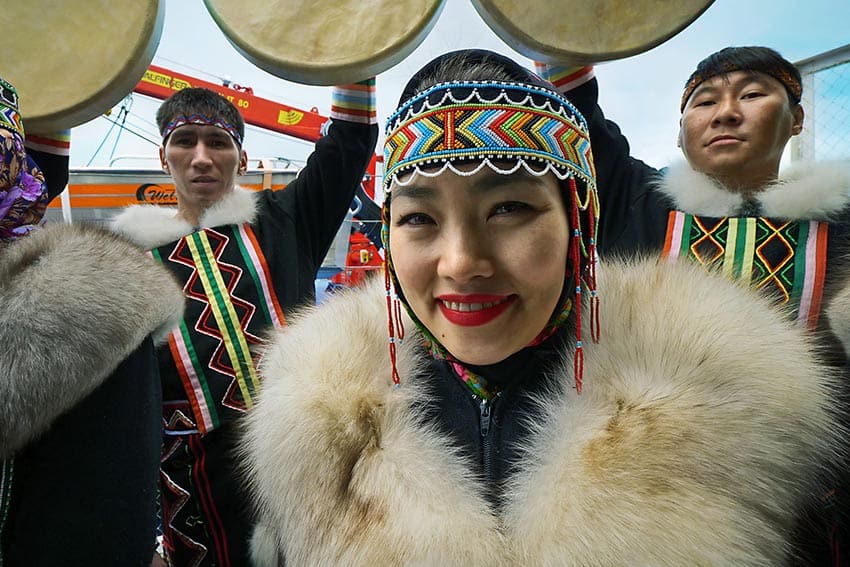


Very good article indeed!
I’ve been in these republics several times on my old motorbike during the last five years, and these areas – along with the rest of the Caucasus – are some of the best and most welcoming places I’ve ever visited.
The peoples there have been through many tragic events, but they carry on nonetheless and manage to offer hospitality second to few other peoples. The combination of meeting these extraordinary people, experiencing their wonderful nature and cuisine, as well as the highly interesting culture which both separates and unites them, makes this region worth a visit.
I can highly recommend anyone to go exploring this fantastic area!